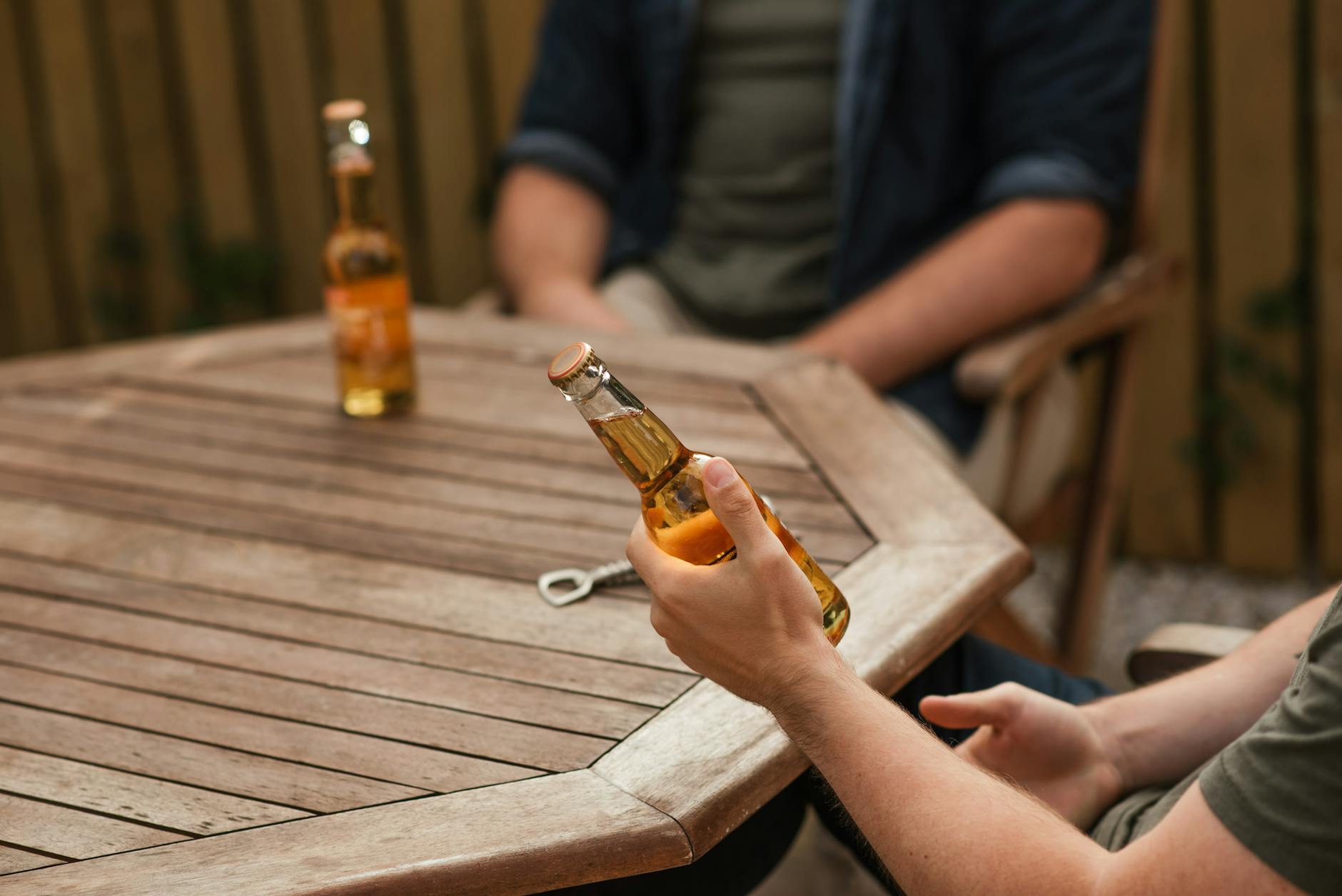Unlocking the secret formula: how many beers does it really take to reach that perfect level of intoxication? Find out now!
Table of Contents
Alcohol consumption has been a part of human culture for thousands of years, with individuals around the world engaging in social drinking for various reasons. However, the question of how many beers it takes to get drunk remains a persistent mystery. In this blog post, we will delve into the science behind alcohol intoxication, exploring the factors that influence how many beers it may take for an individual to reach an inebriated state.
Factors Influencing Intoxication
One of the key factors that determine how many beers it takes to get drunk is an individual’s tolerance level. Tolerance can vary greatly from person to person, with some individuals needing only a few drinks to feel the effects of alcohol, while others may require significantly more to achieve the same level of intoxication. Factors such as body weight, gender, age, and genetics also play a role in how the body metabolizes alcohol.
Body weight is an important factor to consider when determining intoxication levels. Generally, individuals with a higher body weight may be able to consume more alcohol before feeling intoxicated compared to those with a lower body weight. Gender can also influence alcohol metabolism, as women tend to have a higher blood alcohol content (BAC) after consuming the same amount of alcohol as men, due to differences in body composition and enzyme activity.
Age is another factor that can impact how many beers it takes to get drunk. As we age, our bodies may become less efficient at metabolizing alcohol, leading to a quicker build-up of alcohol in the bloodstream. Additionally, genetics play a role in how individuals respond to alcohol, with some people possessing certain genetic variations that can affect alcohol metabolism and tolerance levels.
Understanding Blood Alcohol Content (BAC)
Blood Alcohol Content (BAC) is a measure of the amount of alcohol in a person’s bloodstream, expressed as a percentage. BAC is used to determine the level of intoxication and is influenced by factors such as the number of drinks consumed, the rate of consumption, and individual metabolism. In most jurisdictions, a BAC of 0.08% is considered the legal limit for driving under the influence.
Standard drink sizes can vary depending on the type of alcohol being consumed. For beer, a standard drink is typically considered to be 12 ounces, containing around 5% alcohol by volume. Other factors, such as the strength and size of the beer, can also impact the alcohol content of a drink. It’s important to be aware of the alcohol content of the beverages you are consuming in order to monitor your BAC levels accurately.
Exceeding legal BAC limits can have serious consequences, including impaired judgment, coordination, and reaction time, as well as an increased risk of accidents and injuries. It is essential to drink responsibly and know when to stop in order to avoid dangerous levels of intoxication.
Tips for Drinking Responsibly
When it comes to alcohol consumption, moderation is key. To stay safe while drinking, consider these tips for responsible drinking:
1. Monitor your alcohol consumption and pace yourself to avoid overindulging.
2. Eat a meal before drinking to slow down alcohol absorption and reduce the impact on your system.
3. Stay hydrated by drinking water between alcoholic beverages to maintain proper hydration levels.
4. Designate a sober driver or use alternative transportation options if you plan on drinking outside your home.
5. Know your limits and be aware of when to stop drinking to prevent reaching dangerous levels of intoxication.
By following these tips and being mindful of your alcohol consumption, you can enjoy social drinking responsibly and make informed decisions about how many beers it takes for you to get drunk.
In conclusion, the magic number of how many beers it takes to get drunk varies depending on individual factors such as tolerance, body weight, and metabolism. By understanding the science behind alcohol intoxication, monitoring your BAC levels, and following responsible drinking practices, you can enjoy alcohol in a safe and moderate manner. Remember to always drink responsibly and seek help if needed.
FAQs
How many beers does it take to get drunk?
Answer 1: The number of beers it takes to get drunk varies for each individual based on factors like tolerance, body weight, and metabolism. Generally, consuming more than one beer per hour can lead to intoxication.
How does body weight affect alcohol tolerance?
Answer 2: Body weight plays a role in alcohol tolerance, with individuals with higher body weight typically needing more alcohol to feel drunk compared to those with lower body weight. However, tolerance is also influenced by other factors like genetics and age.
What is Blood Alcohol Content (BAC) and how does it relate to intoxication?
Answer 3: BAC is a measure of the alcohol level in the bloodstream, expressed as a percentage. The legal limit for driving under the influence is typically 0.08% BAC. Consuming more drinks increases BAC levels, leading to impaired judgment, coordination, and reaction time.
What are some tips for drinking responsibly?
Answer 4: Drink in moderation, pace yourself, eat before drinking, stay hydrated with water, designate a sober driver, and know your limits to prevent overconsumption. Responsible drinking habits can help you enjoy alcohol safely and reduce the risk of harmful intoxication levels.
Generated by Texta.ai Blog Automation


Leave a Reply